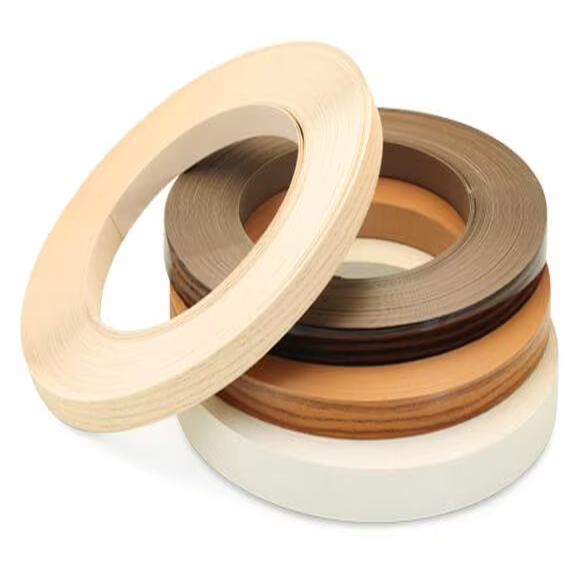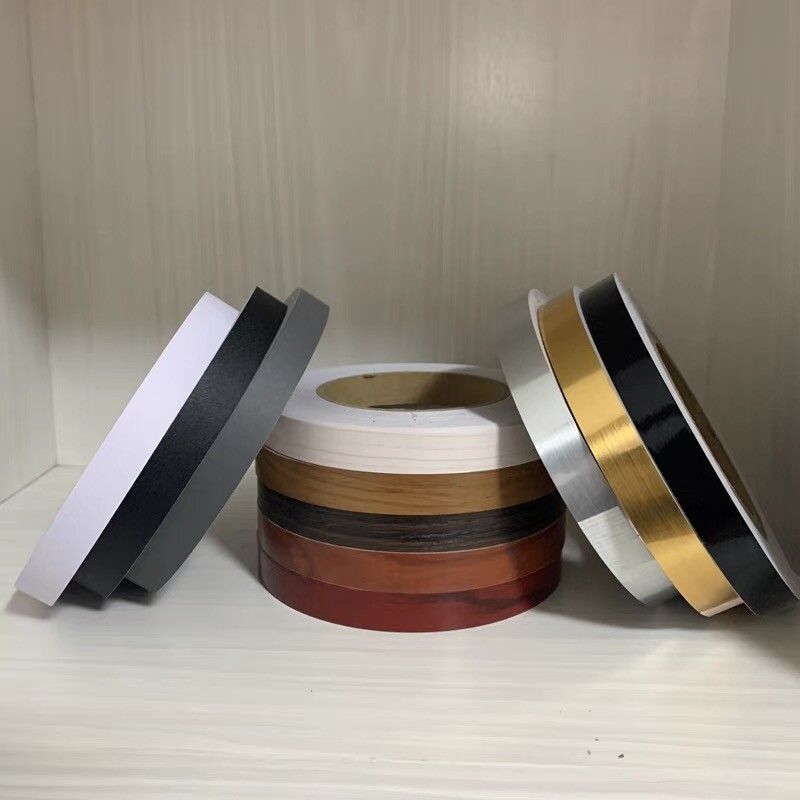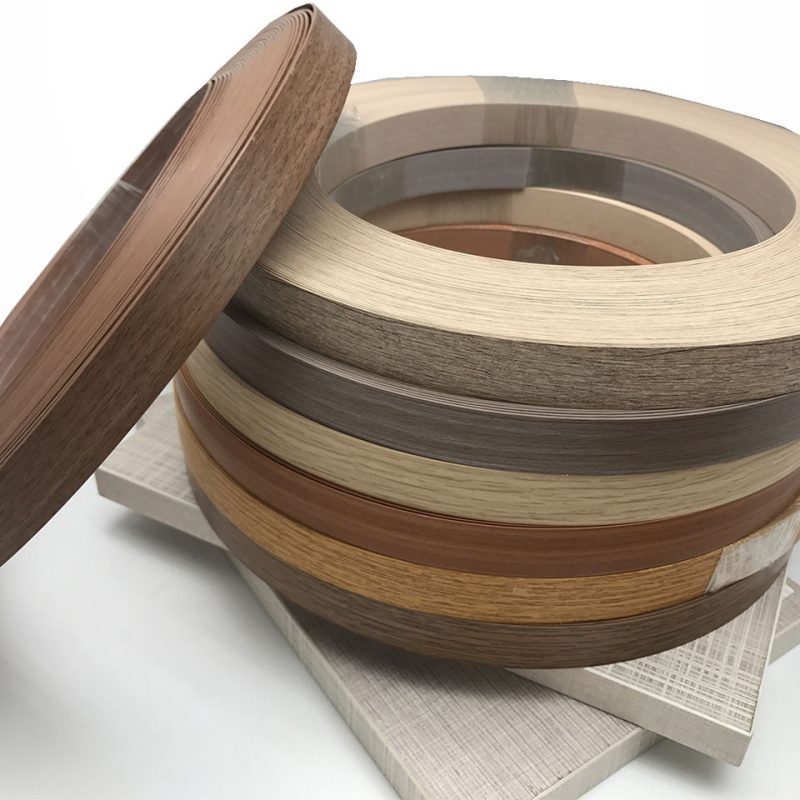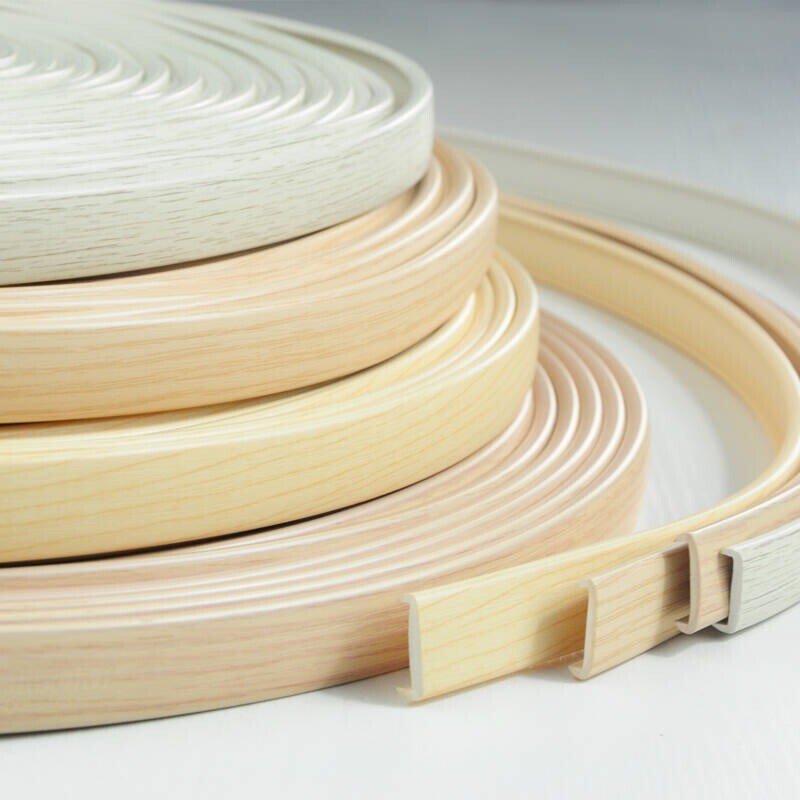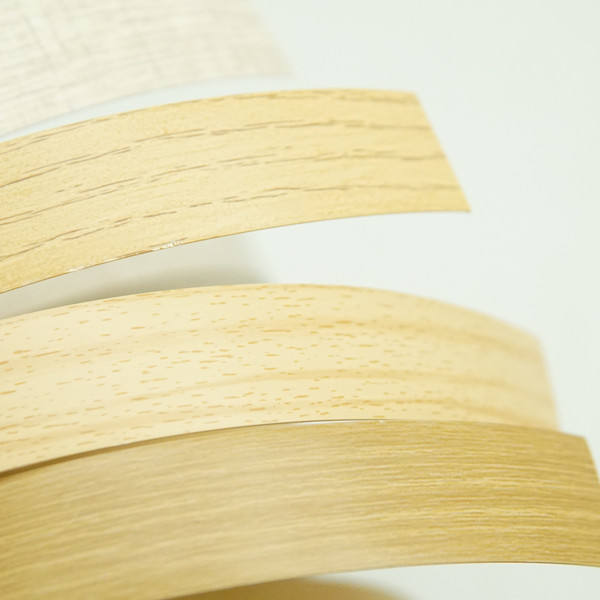We specialize in providing comprehensive furniture solutions, offering both ODM and OEM services.
News
What is edge banding? What is the function of edge banding?
Edge banding is a technical means of wrapping, covering or reinforcing the edges of furniture boards, architectural decoration boards, etc. through specific materials and processes. It is like putting on a
"protective coat" for the board, which not only enhances the aesthetic appearance but also endows the board with practical functions. It is an indispensable key link in modern furniture manufacturing
and interior decoration.
From a functional perspective, the core role of edge banding is reflected in the following three aspects:
1. Physical protection
The edges of the plates are usually rather fragile and are prone to chipping and cracking due to collisions and friction. Edge banding materials (such as ABS, PVC, solid wood veneer, etc.) can form a solid
barrier and enhance the edge's impact resistance. For instance, kitchen cabinets are constantly exposed to moisture. If they are not edge-sealed, the boards will easily expand and deform after absorbing
water. However, high-quality edge-sealing strips can effectively prevent water from entering and extend the service life of the furniture.
2. Environmental protection and safety optimization
The cutting surface of the board may expose the internal structure (such as wood chips from particle boards), releasing harmful substances like formaldehyde. Edge banding can seal the edges of the
board, reduce the volatilization of harmful substances, and enhance the safety of the indoor environment. Meanwhile, the smooth edge banding treatment can eliminate the sharp edges and corners
of the board, reducing the risk of collision injury, and is especially suitable for families with children.
3. Aesthetic enhancement
Edge banding materials can imitate various textures such as wood grain, stone grain, and metallic texture, and even be customized in solid colors or artistic patterns, creating a harmonious and unified
or sharply contrasting visual effect with the main body of the board. For instance, marble-patterned ABS edge banding can endow ordinary boards with the luxurious feel of natural stone, while the
minimalist solid-color edge banding is suitable for modern minimalist style furniture, making the edges the finishing touch of spatial aesthetics.
Latest articles
 The excellent performance of edge-sealed plywood2025-05-23
The excellent performance of edge-sealed plywood2025-05-23 Personal DIY Plywood Edge Banding Guide2025-05-23
Personal DIY Plywood Edge Banding Guide2025-05-23 What are the similarities and differences between laser edge banding and ordinary edge banding?2025-05-22
What are the similarities and differences between laser edge banding and ordinary edge banding?2025-05-22 The manufacturing process and differences of edge banding strips2025-05-22
The manufacturing process and differences of edge banding strips2025-05-22 What Is PVC Edge Banding?2025-05-22
What Is PVC Edge Banding?2025-05-22
Ask For A Quick Quote
If you are looking for more information on our services, or how we could potentially help, we would love to hear from you!

